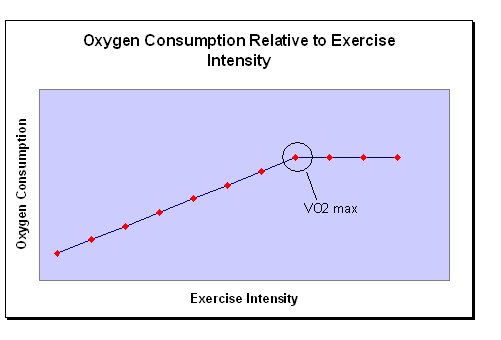 Professional futsal is still a young game compared to its eleven-a-side parent; the tactics are evolving all the time. It's about Speed, Fast Moves, Tactics, Formations, Defending.
Professional futsal is still a young game compared to its eleven-a-side parent; the tactics are evolving all the time. It's about Speed, Fast Moves, Tactics, Formations, Defending.
Source Uefa.com
Professional futsal is still a young game compared to its eleven-a-side parent; the tactics are evolving all the time.
Speed
Speed is a theme in futsal, as with such a small pitch, no one has long to dwell on the ball. Equally players have to move fast if they are to find space to receive passes, not least as the ball tends to stay on the ground. Futsal is widely played in Brazil by children before they concentrate on football, and the likes of Ronaldinho and Deco attribute much of their world-class technique to their grounding in the small-sided game. "I play futsal and it has helped a lot," Deco told uefa.com. "I played from the age of nine until I was 16 when I had to stop to go on with my football career. It improves my speed and dribbling skills."
Fast moves
Goals generally come from swift moves, often involving lightning exchanges of passes, as the goal is small and a defence given time to regroup at the top level will usually be able to keep opponents at bay. The majority of goals at the very highest level are scored inside the area. Fouls can also be costly because of the danger of giving away a free-kick without the protection of a wall for offending more than five times in a half.
Tactics
Coaches are able to make as many substitutions as they like, with higher-tempo teams, like Russian sides, tending to swap players more, even all four outfielders at once. Teams may utilise a single tactical system, be it a pressing game or a more defensive counterattacking strategy, but the astute use of player rotation can allow a coach several formations depending on the match. There is also the traditional ending to a tight game when a coach whose team is losing narrowly can take off his goalkeeper and use a fifth outfield player.
Formations
Formations are more fluid than in football, especially with the success in recent years of the '4-0' system which has grown in popularity due to its use by the exceptional Spanish national side. Also widely used is the 3-1, which relies on a 'pivot' forward to hold the ball after being cleared by the defence, 2-2 – where the players stay close together at all times - or the winger-utilising 1-2-1. It is a boon for teams to be able to switch to several different formations in varying match situations.
Defending
Over the last few years a zonal marking system has been superseded by man-to-man tactics, which was applauded by FIFA's technical experts in 2004 as a more dynamic ploy. As in most sports, though, the most important factor is the individual technique and ability of players, hence the popularity of Brazilians in the European leagues. Futsal is also being promoted in nations where it has not yet taken off, such as England and France, as a useful tool for honing football skills.


 One study followed a group of 12-year-old boys through to the age of 20 - half of which were trained, the other half untrained but active. Relative to bodyweight no differences in VO2 max were found between the groups suggesting that training had no influence on maximal oxygen uptake. However, when VO2 max was expressed relative to body surface area, there was a significant difference between groups and maximal oxygen uptake did indeed increase in proportion to training
One study followed a group of 12-year-old boys through to the age of 20 - half of which were trained, the other half untrained but active. Relative to bodyweight no differences in VO2 max were found between the groups suggesting that training had no influence on maximal oxygen uptake. However, when VO2 max was expressed relative to body surface area, there was a significant difference between groups and maximal oxygen uptake did indeed increase in proportion to training
